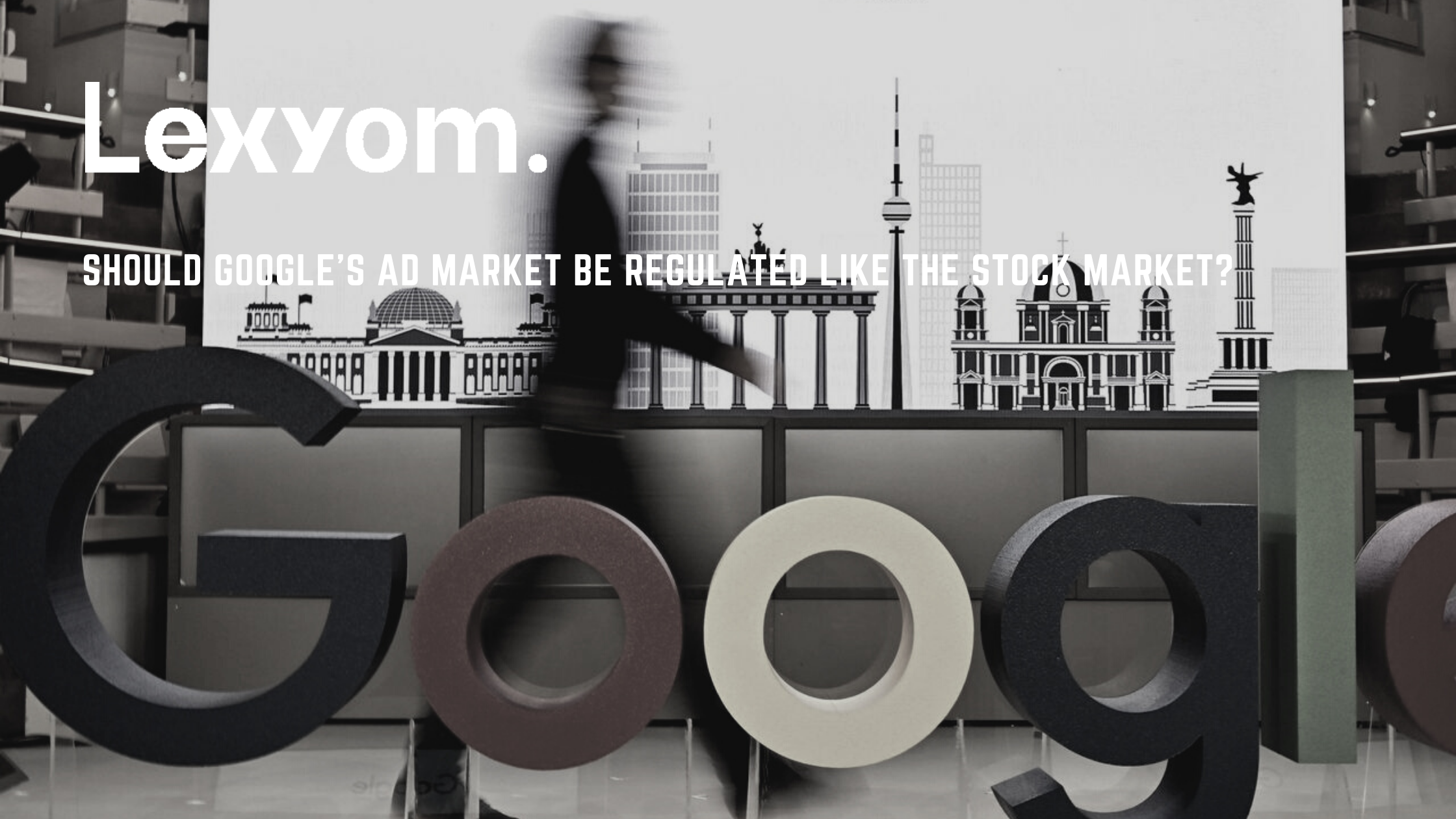Showing web ads to hot leads is beneficial to any business. It helps expand its reach to potential buyers who have never heard of the company before. In fact, through its in-market audiences feature from Google Ads, this new advertising platform is taking targeting to the next level.
What are precisely in-market audiences? And do they optimize your campaigns?
In today’s business world, entrepreneurs can no longer be shouting orders on stock exchange floors. “Men in suits” are currently replaced by servers dealing with approximately 50 million transactions daily on 13 registered stock exchanges operating in the United States. Such bustling places currently resemble the digital marketplace that deals with dozens of billions of daily transactions.
Online advertising can be classified as one of the most sophisticated of all electronic trading markets. It is a network in which publishers sell ad space, and advertisers buy it to do business on an “ad swap.” However, because of the market’s size and complexity, we must understand whether online advertising – specifically Google’s Ad Market – is regulated like any other stock market?
When a user accesses a web page, advertisers compete in an automated process called real-time bidding, which helps them increase their exposure to a higher number of users worldwide. However, just like the Antitrust Case Against Facebook, Google’s market dominance can be bad for users despite the free product it offers.
Google is actually both the central exchange and vies as the biggest buyer and seller on that exchange: Advertisers use Google to buy the ad online, then the website uses Google to list the space, and finally, they get both matched by the Google Stock Exchange. Adding the cherry on the top, Google also owns YouTube, one of the biggest ad inventory providers, meaning that it competes with publishers on its platform with no rules, regulations, or governing laws.
Because of a regulatory void, Google had the opportunity to dominate the industry. Hence the rational need to offer advertisers fair access to data and speed, identify and manage potential intermediary conflicts of interest, and other regulatory principles that may organize digital advertising.
Also, investigations, fines, and regulatory action should be taken to overcome problems arising in the industry, similar what happened in 2014, when massive harms were created by high-frequency trading and other modern tricks within the digital securities market.
The resemblance between Google’s ad market and any other stock market is strong. Traders and advertisers are both required to operate in a fast and manner.







